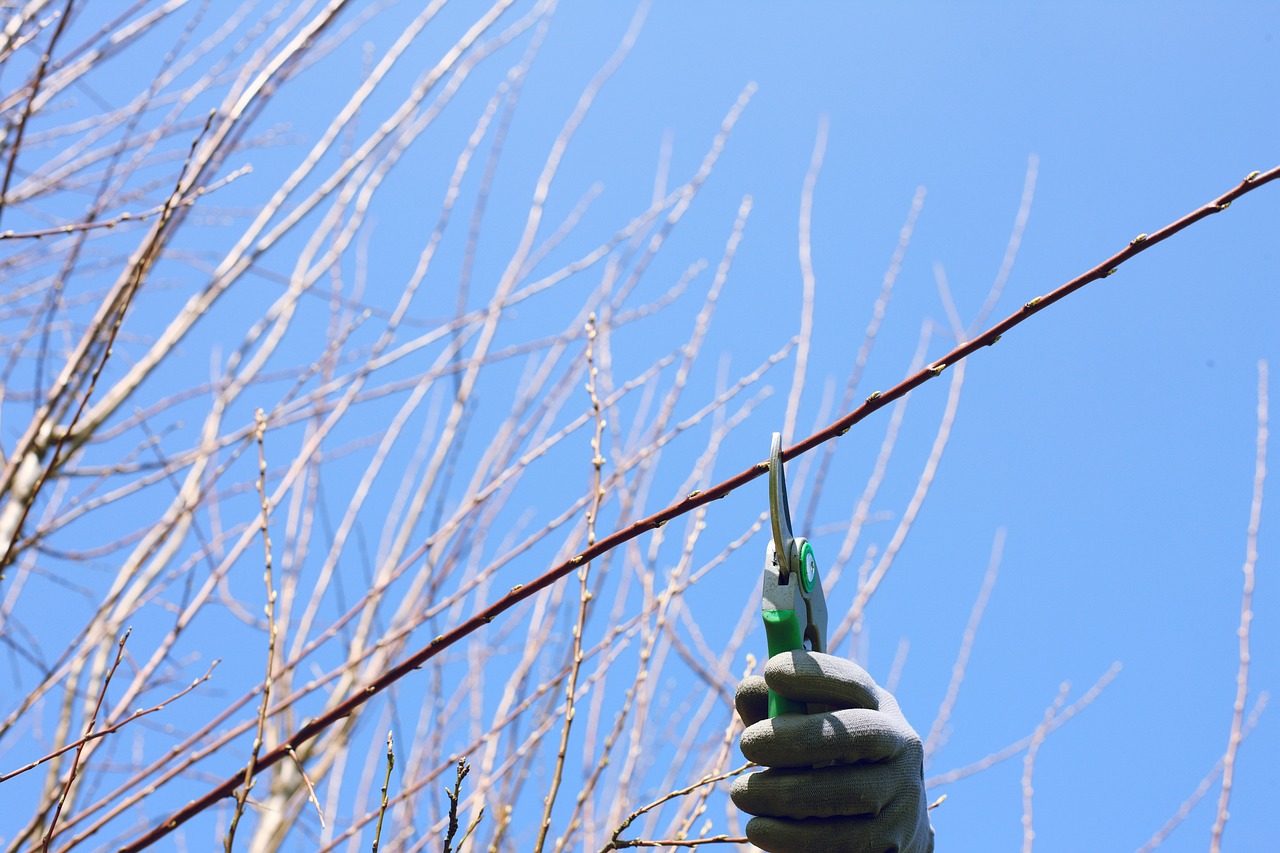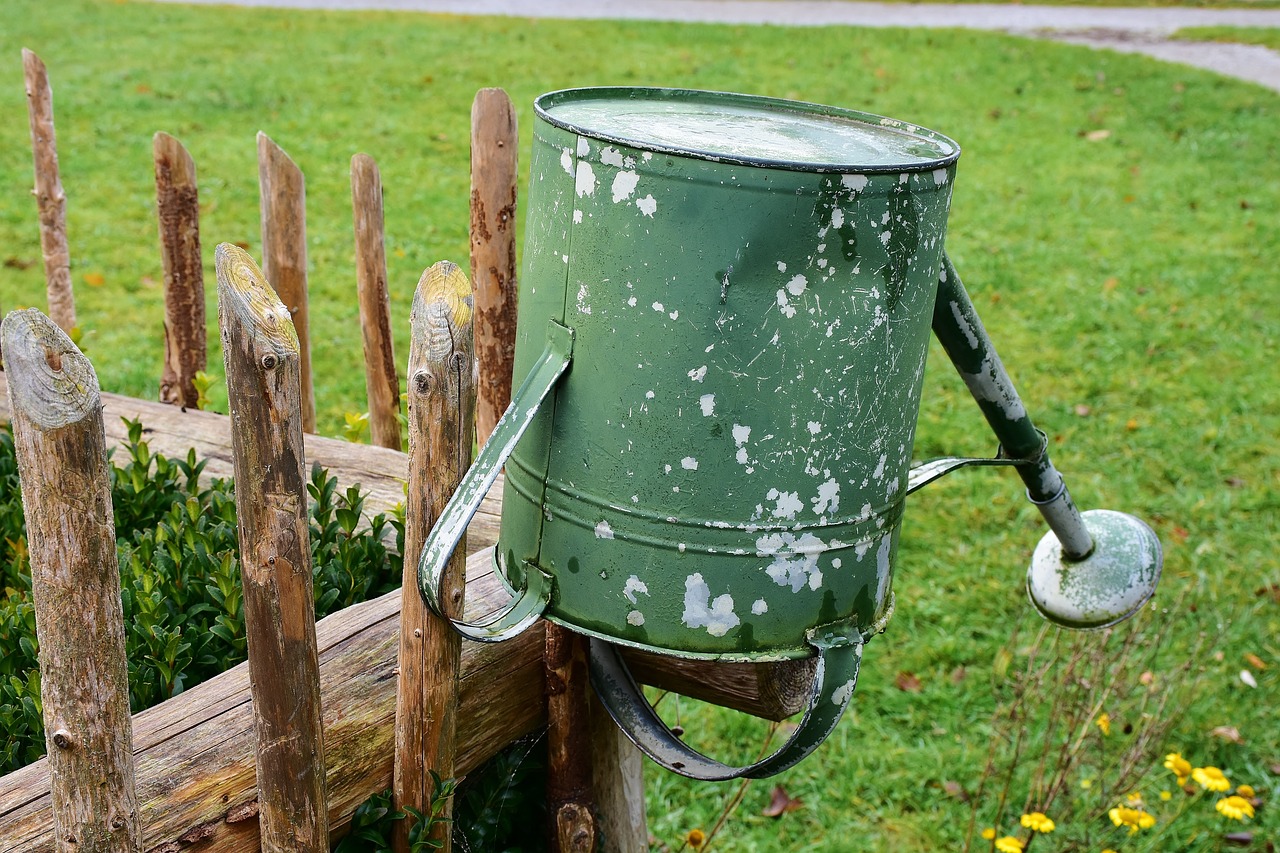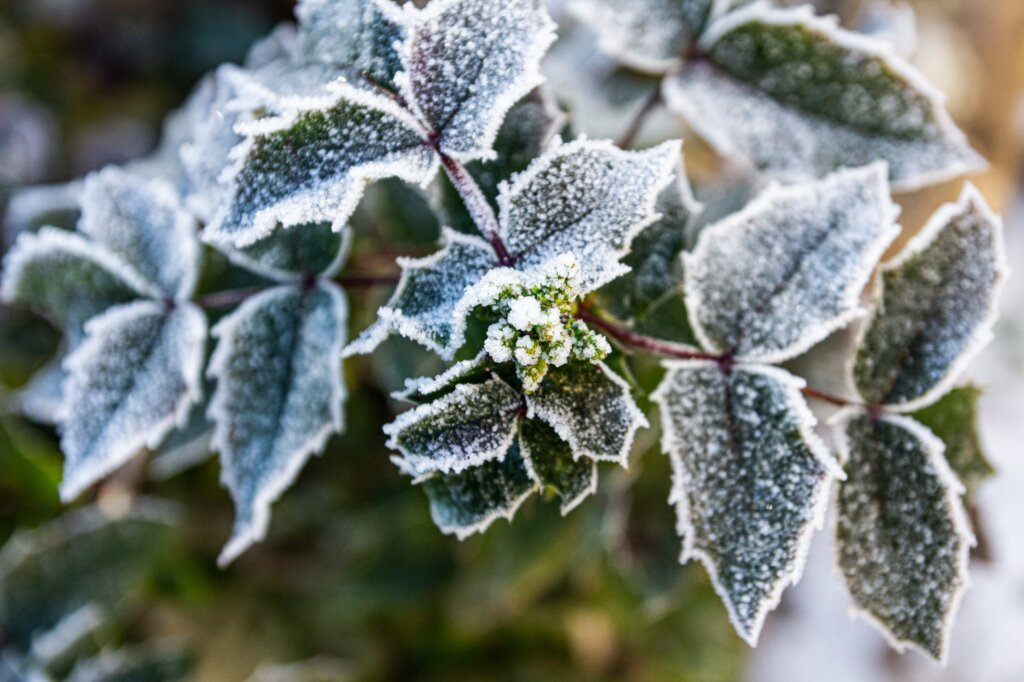The days are getting shorter, leaves are falling and temperatures are dropping. This can only mean one thing: winter is just around the corner. But before frost and snow turn nature into a magical winter wonderland, it’s time to get to work and prepare your garden and balcony for winter.
We have asked around in the plant world and collected some tips on how you can prepare your garden for winter so that it will shine again next spring.
Lawn & Foliage
Before the first frosty days, the lawn should be mown again. It is important not to cut the grass too short so that it can still catch enough sunlight in winter.
It is also advisable to cut off the lawn edge. This prevents the grass from spreading into the flower beds over the winter.


Autumn is the leaf season
But as beautiful as the brightly colored leaves are, leaves should not be left on the lawn over the winter. Moisture collected under the piles of leaves can lead to the spread of fungi and moss and thus promote the development of brown spots.
However, do not dispose of leaves straight away. In addition to fir brushwood or mulch, the collected leaves are very suitable as frost protection in flower beds.
Or place the pile of leaves in a quiet corner sheltered from the wind. With a bit of luck, it will become a winter home for hedgehogs.
Give young plants a foothold
If you have used the autumn to plant a new tree or two, you should tie it to a stick or stake over the winter months. Since the young plants do not yet have deep roots, this will give them additional support in strong winds.
A coat of lime is also recommended for fruit trees. The white coating protects the bark from possible stress cracks caused by alternating cold and heat, and also from all possible pathogens.
Pruning & Trimming
When trees & shrubs lose their leaves, this is the ideal time to prune plants back. Dead branches can now be easily identified and removed. For shrubs, prune shoots that are too long or growing incorrectly. Perennials can be cut back close to the ground. Only ornamental grasses do not need to be cut back. However, to protect them from snow and wind, it is best to tie them together.

Blankets for pot plants
While we humans snuggle up in thick blankets in cold temperatures, potted plants freeze outdoors. To make them a little warmer, too, it is best to place a polystyrene sheet under the pot. This shields them from the cold coming from the ground. You should also wrap the pot in bubble wrap. For a nicer look and additional protection, wrap the pot and the entire plant in fleece or jute and place it in a sheltered spot.

Everything around water
Not only the garden but also water reservoirs should be winter-proofed. As there is a risk of pipes freezing due to the cold temperatures, outdoor taps should be turned off and care should be taken to ensure that there is no more water in the pipes.
Watering cans and rain barrels should also be emptied at the end of the season and stored away for the winter. If there is not enough space in the house, cellar or shed, it is best to place watering cans and rain barrels upside down.
Feeding stations for songbirds
While some animals use the winter to get a good night’s sleep, our feathered companions continue to be active. But especially small songbirds have a hard time finding enough food during the cold season. Feeding stations can help here and also bring some life back into the grey winter routine. Feeding silos are best suited because the food is protected from moisture.

Next spring is sure to come
The first cold foggy days are just the right time to start thinking about next spring. Bulbs and tubers of e.g. daffodils, tulips, crocuses, and mullein are the first to blossom and herald the new garden season with their splendor.
And so that you always have the checklist to hand, here is a summary of all the important points:
- Mow the lawn one last time
- rake leaves (& use them as frost protection for flower beds)
- Give young plants extra support
- Cut back trees & shrubs
- Wrap up potted plants to protect them from the cold
- Turn off taps & empty rain barrels
- Set up a feeding station for songbirds
- Thinking about next spring & planting the first bulbs and tubers
With these tips, your garden and balcony will come through the winter in good shape and shine in new-old splendor on the first days of spring.







